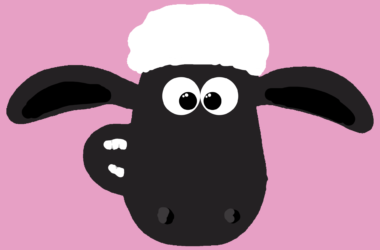 pixwallpaper.com
pixwallpaper.comDrive is not an action movie. It’s not a superhero flick. It’s not grindhouse, gangster, or romance. Drive is all of these things, and it works.
Set in some of the seedier parts of Los Angeles, Drive is pulled from the pages of James Salis’ 2005 novel of the same name. Ryan Gosling stars in this masterful mishmash as an unnamed hero simply called “the Driver.” The name fits. By day he performs movie stunts—chases, roll-overs, crashes. By night, he’s a wheelman—performing getaways that make sure the goods stay stolen. The Driver is an odd character. He has little dialogue, no friends, and no back-story. But he is just like the disguised getaway car his boss describes: plain-Jane boring with 500 horsepower under the hood. Gosling imbues the Driver’s would-be steely composure with warmth and a subtle yet deep range of emotions. The Driver fights, intimidates, protects, loves—and as he puts it, drives. This one word philosophy fuels our hero as well as the expanse of the movie. It drives, in every sense of the word.
Drive: (n.) instinct
The driver leads a solitary life. But when a few chance encounters introduce him to his neighbour Irene, played by the enchanting Carey Mulligan, and her young son, he jumps at the chance for connection. He follows that instinctual human need for some kind of relationship, and falls for the woman waiting out her husband’s prison sentence.
Drive: (n.) ambition
Irene’s husband returns to civilian life ready to take advantage of his second chance. But the local lowlifes refuse to forgive his debt. They order him to help rob a pawnshop to wipe his slate clean. The Driver agrees to help. Things go wrong. Very wrong.
The take ends up being 25 times greater than they bargained for, and it’s mob money. A storm of dangerous forces—including Albert Brooks and Ron Perlman as frightening middle-aged mobsters—pursue the hero and the people he realizes he loves.
Drive: (v.) manoeuvring
The chase scenes manage to tread a thin line between realism and spectacle. They’re impressive, exciting, and tense—but never overshadow the plot or the characters.
Drive: (n.) compulsion
The climax of the movie follows the driver in his new role of protector. He vows to keep Irene safe—no matter the bloodshed.
Drive: (v.) to rush or dash violently
Danish director Nicolas Winding Refn is known for his violent films—and Drive is no exception. Viewers be warned: Drive showcases grisly, graphic, grindhouse gore. Yet the film is treated with stunning cinematography that finds beauty in LA’s greyest corners. Fitting its mash up of genres, Drive patches together its style from disparate influences. Its neon titles and bleak synth music hail to sleazy 80s action flicks, while its art direction pays tribute to old Hollywood.
Drive is not for the casual viewer. It is sometimes difficult to watch, and it’s challenging on the emotional level as well. But this is a powerful and rewarding film. The conflicting artistic inspirations and genres aren’t scatterbrained, but rather add to the depth of this tale of dark heroics. This movie will take you on a startling, original ride.








